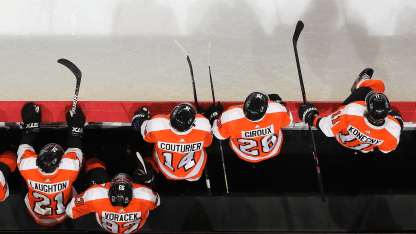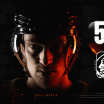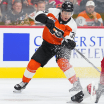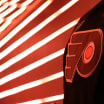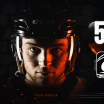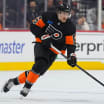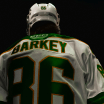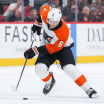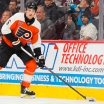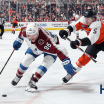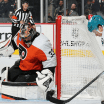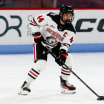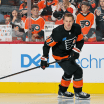On Memorial Day, the National Hockey League released a 22-page memorandum covering policies, procedures and protocols for Phase 2 of the return-to-play plan during the global Covid-19 pandemic. It has not yet been formally decided when the transition will begin from NHL players being in self-quarantine at their place of primary residence (Phase 1). Early June is the generic target range to move from Phase 1 to Phase 2.
Phase 2: What it means for the Flyers
